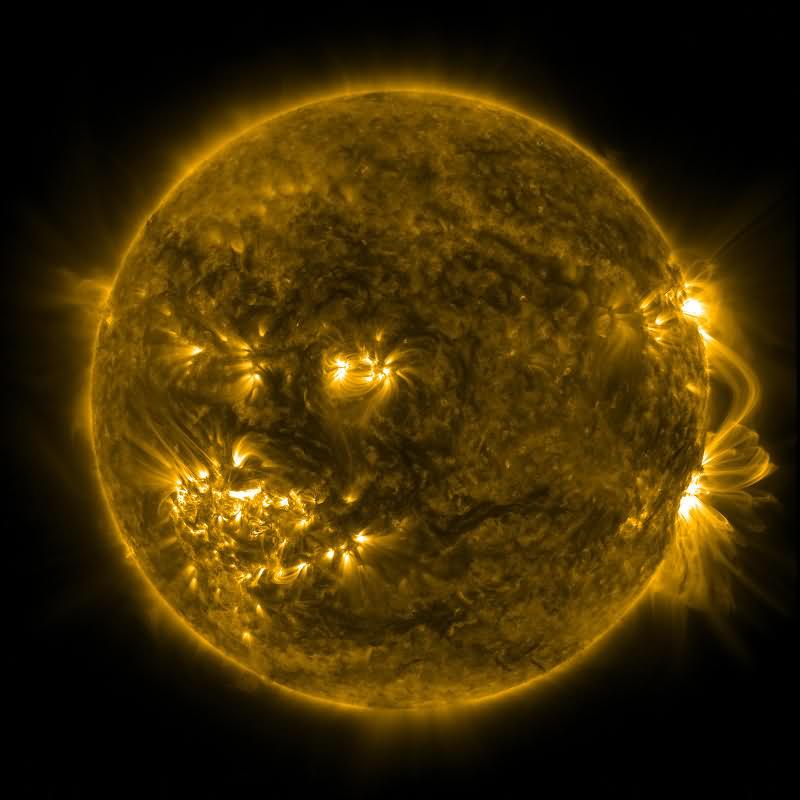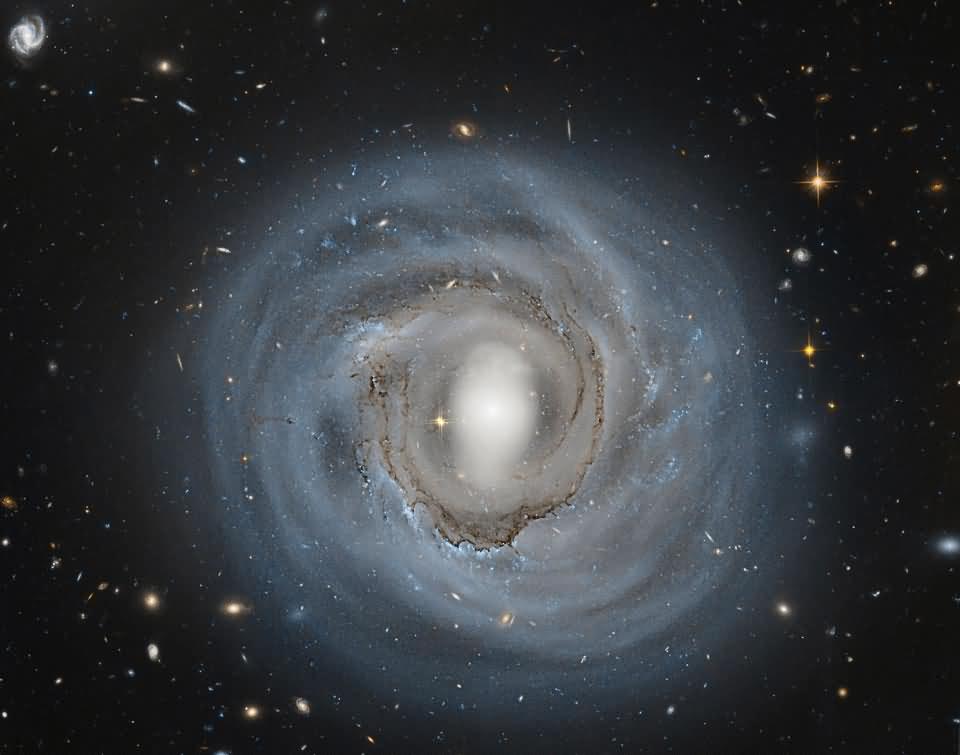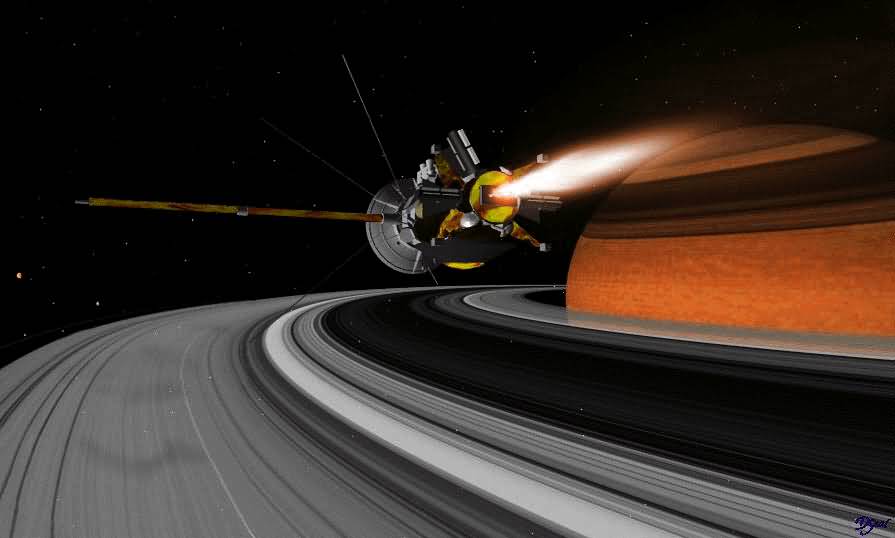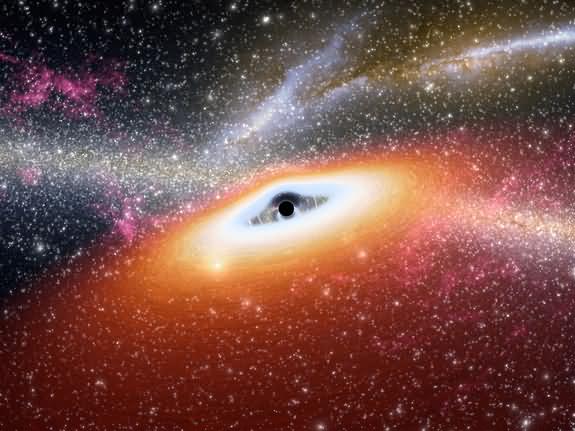Black Holes: So You Can Divide by Zero!
"Black holes are God divided by zero" is a favorite joke in science and mathematics. Surprisingly, if you work inside the event horizon, strange things happen, like everything divides by zero. What really is a black hole, other than a great source of jokes?
Technically, it's a region in space-time where even light cannot escape due to the gravitational effect created by an object's extreme mass. The term "black hole" was coined by Dr. John Archibald Wheeler while working on gravitational collapse in general relativity. However, Dr. Wheeler wasn't the first to propose this concept, and Einstein wasn't the first to think of it either. In the 18th century, John Michell and Pierre-Simon Laplace were the first to conceive of a gravitational field created by massive objects from which even light cannot escape.
Later, in 1916, Karl Schwarzschild wrote and published the first modern characterization of a black hole, based on Einstein's Theory of General Relativity. His work led to the well-known Schwarzschild radius. This radius is the area from the center of an object where the escape velocity is equal to or greater than the speed of light. If an object's radius coincides with the Schwarzschild radius, it will have infinite density and become a black hole.
For example, the equivalent radius of the sun is 3.2 km. If we compressed the sun to a radius of 3.2 km, we would create a black hole. Earth's Schwarzschild radius is approximately 9 mm.
How do black holes form? When a star undergoes a supernova explosion, there are three things it can become: a black hole, a neutron star, and a white dwarf. If it has enough mass, it becomes a black hole.
Below are some interesting facts about black holes.
1- Why can't light escape from a black hole?
Imagine something like this: You have an object in your hand and you throw it into the air. If its speed is less than the escape velocity, it will slow down and fall back to the ground. However, if you throw it at a speed greater than the escape velocity, it will travel forever (until another object interacts with it), but it will still slow down. This is because as it moves away from Earth, Earth's gravity will pull it back, and the object will lose energy. However, since the speed of light is constant, photons will lose energy in a different way. The photon will lose energy along its wavelength, experiencing a gravitational redshift. When the light is caught by the event horizon of a black hole, its wavelength will be infinitely extended, and in short, the photon will redshift and disappear.
2- The center of a black hole is also called a singularity. At this singularity, spacetime experiences a curvature that extends to infinity, and the laws of physics break down. Because the singularity is within the Schwarzschild radius, it cannot be observed. Physicists have developed a theory of a naked singularity, meaning they describe a singularity without an event horizon, which can be observed. However, no one has yet detected such a thing. However, theoretically, such a thing is possible.
3- Since the escape velocity at the event horizon is greater than the speed of light, we will most likely never know what is inside the event horizon because the information will never be able to leave the Schwarzschild radius.
4- If a solar-mass black hole were in place of our sun, our Earth wouldn't be swallowed by it. In fact, it would continue to move in its same orbit. Of course, we would be talking about a world devoid of life because it was deprived of sunlight.
5- Because black holes are invisible (light can't escape), scientists have to use different methods to detect them, such as X-ray binaries, gravitational lensing, and observing the gravity between visible matter and the black hole.
Source :
From Quarks To Quasars-Black Holes: So You *CAN* Divide By Zero











